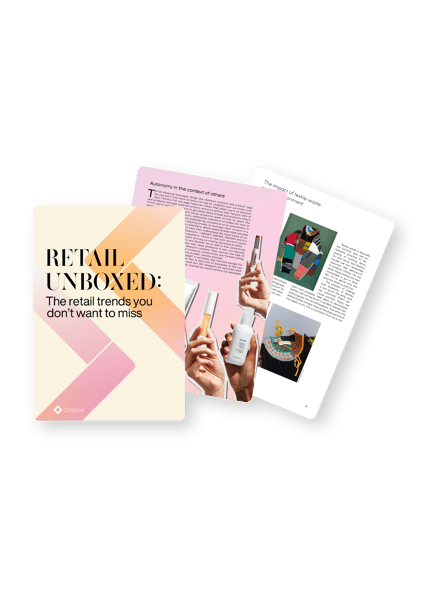Retail Trends
Retail Unboxed: The Retail Trends You Don't Want to Miss
Honest, factual editorial tracking trends
Luxury, sustainability, GenZ, resale, phygital retail, social commerce, wellness, the sneaker market, and textile waste are the hottest topics of 2022. To help retailers keep their fingers on the pulse, we've covered these topics in our editorial!
Unbox shopping behavior in relation to top trends
What would an editorial be without the experts?
Our articles are well-researched and recruit the help of the experts – from retailers, eCommerce pros to behavioral psychologists. There's nothing quite like this out there.
Download the report to:
-
- Unbox these six retail trends in a way you've never seen before
- Read well-researched articles on topics of your choice
- Stay on top of the market
- Share with your team to help understand retail trends in a digestible and delightful way

Sneak Peek: Download today for free to view the whole report
.png)







